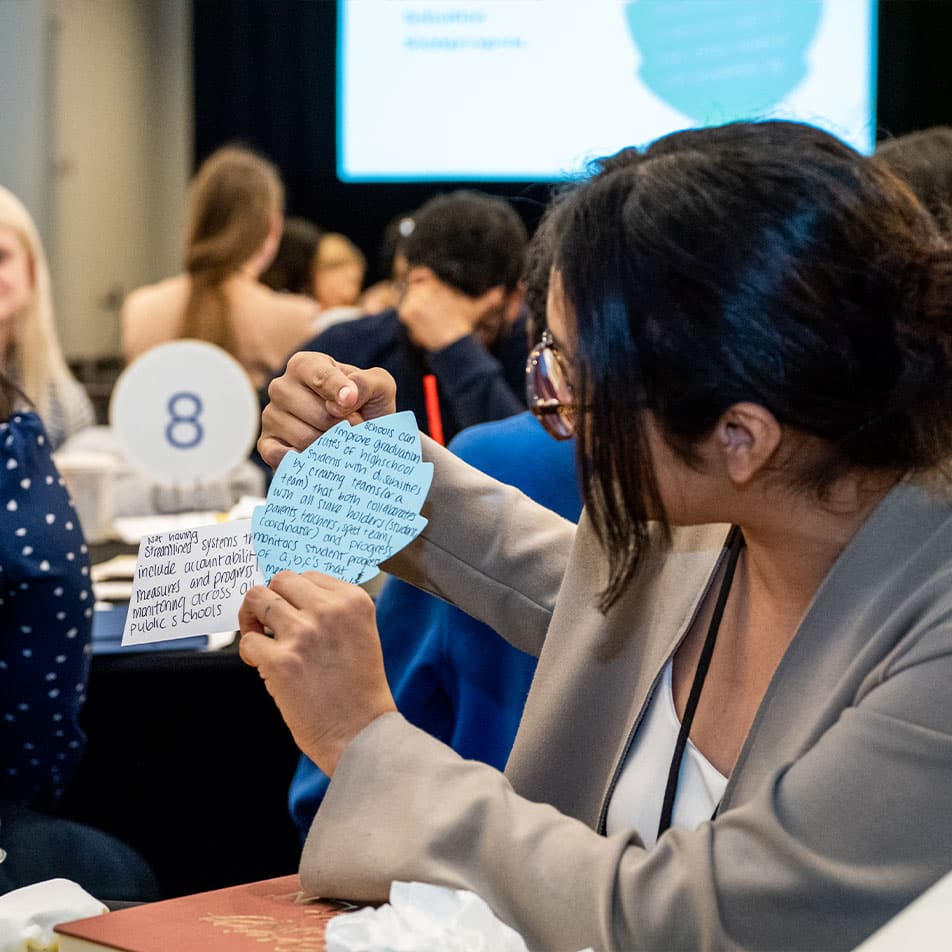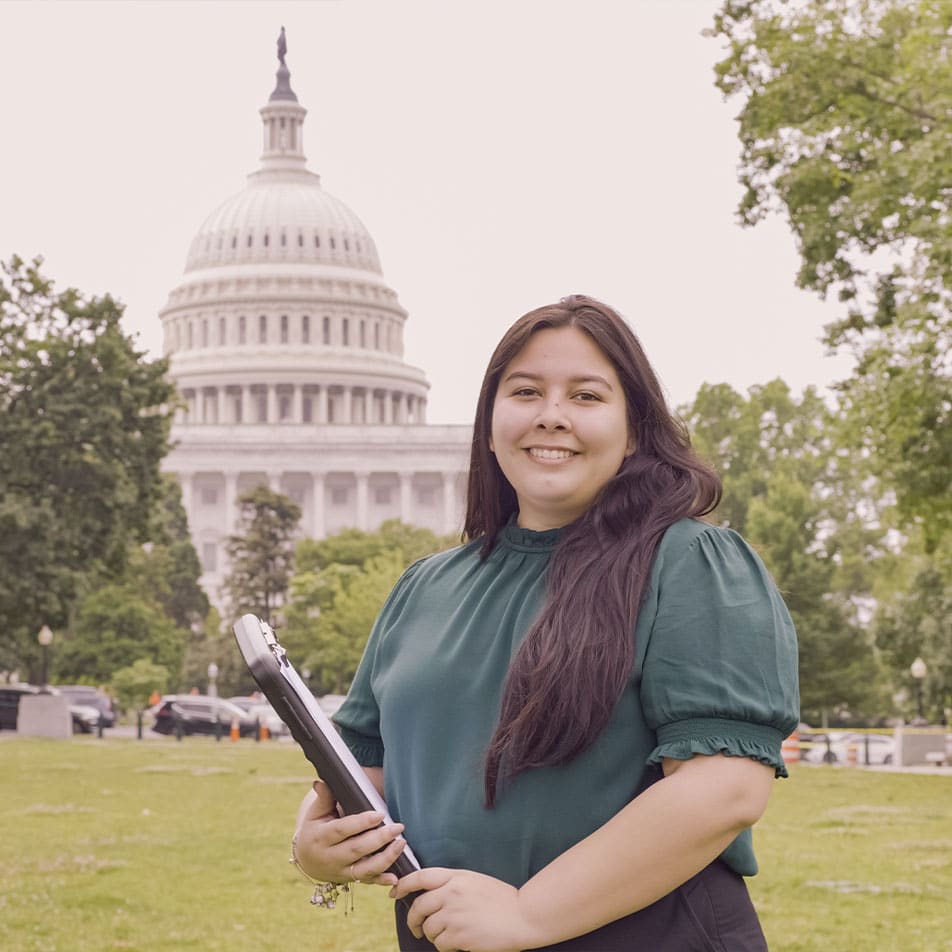Understand the Issues

Overview
Overview
School-age students with learning disabilities continue to face barriers due to the lack of proper funding, intensive intervention, accommodations, and resources to support their academic success. Today, students with learning disabilities are burdened by the stigma that they are less capable of academic success than their able-bodied peers.
Students with learning disabilities can achieve commensurate with their peers, yet students do not consistently receive the evidence-based services and supports needed to fulfill their potential.
What is a Specific Learning Disability?
A Specific Learning Disability (SLD) is a brain-based disorder that affects an individual’s ability to read, write, and do math (e.g., dyslexia, dysgraphia, and dyscalculia).
Students identified with SLD receive special education services under the Individuals with Disabilities Education Act (IDEA), a law that provides free and appropriate public education to children with disabilities. Of the 15% of the U.S. school-age population who received disability services under IDEA in the 2022–2023 academic year, 32% received services for SLD as the primary disability.

Learn the Law
Navigating the legal landscape is essential for individuals with disabilities and their advocates. Knowledge of critical laws ensures informed advocacy, promoting inclusivity, and safeguarding rights.
Here, we break down significant laws that protect individuals with disabilities, empowering you to advocate effectively for yourself, your child, or your community.

Take Action
Take Action
In 2020–2021, more than 2 million public school students received services under the Individuals with Disabilities Education Act (IDEA) for a learning disability in reading, writing, and/or math. Many more students remain unidentified and underserved, perpetuating opportunity gaps. Students with learning disabilities are in every school across the nation. Congress authorized IDEA nearly 50 years ago, promising to fund 40% of the cost to educate students with disabilities.
This promise still needs to be fulfilled.
Join us in making school environments more accessible and equitable for students with learning disabilities.
